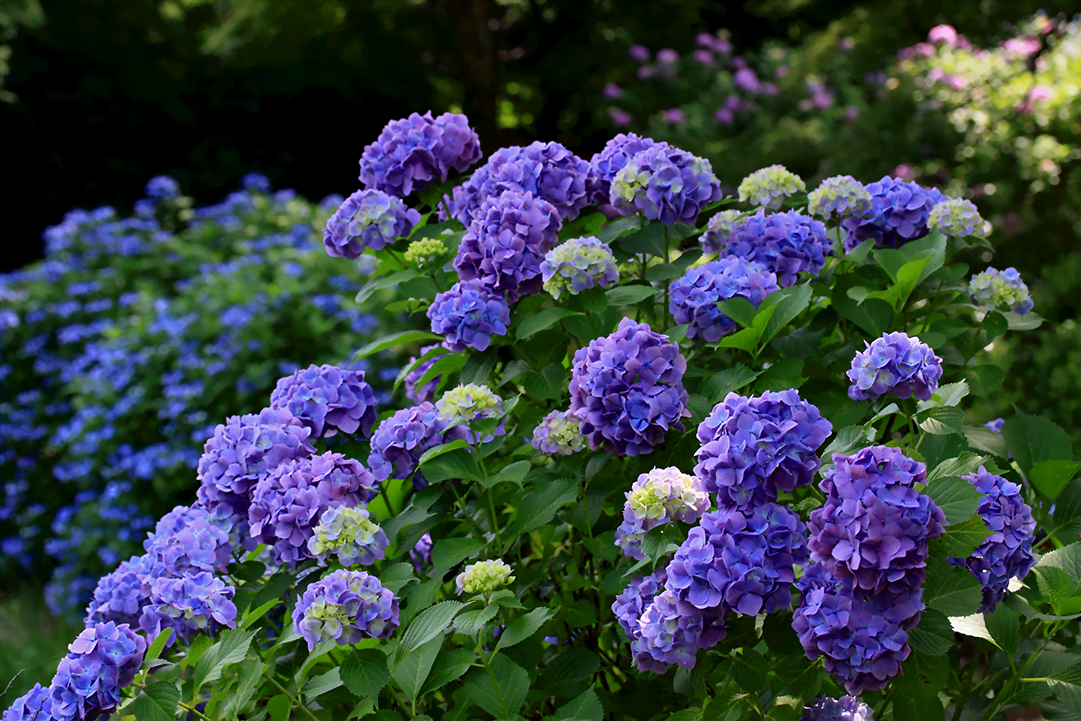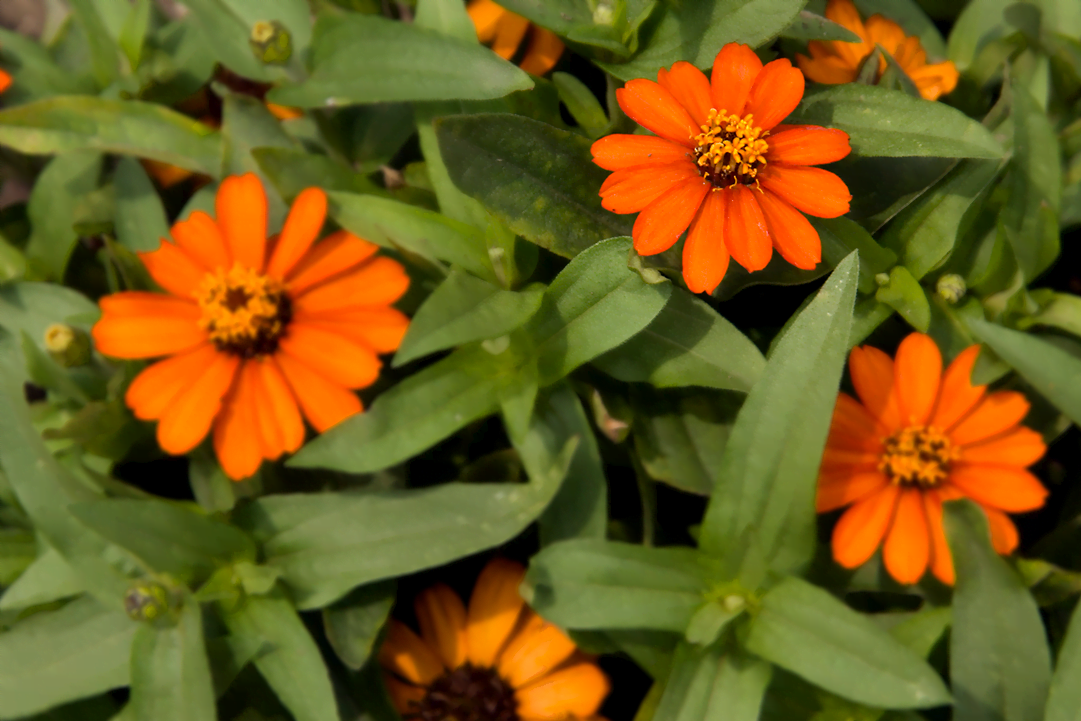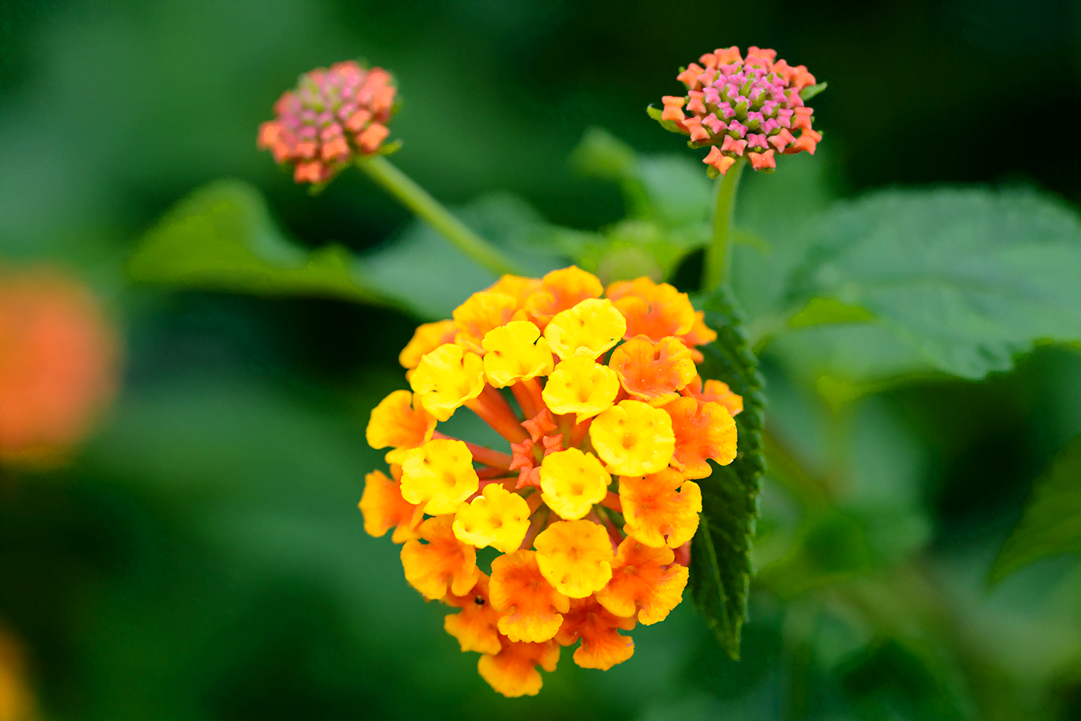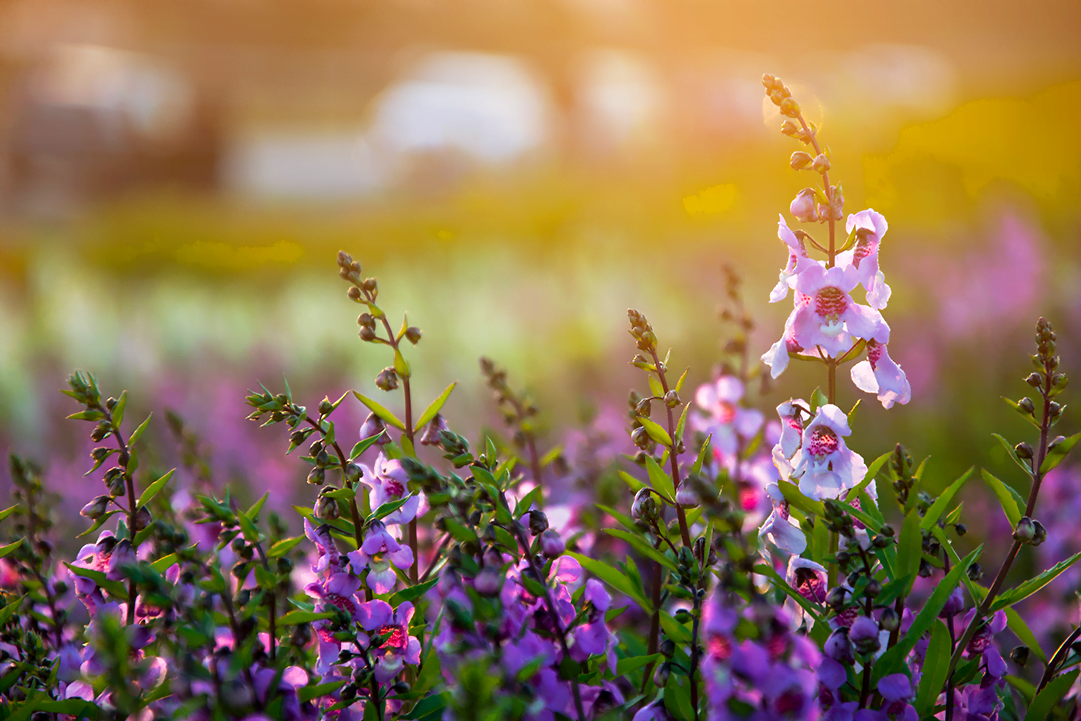Summer flowers simply don’t get more stunning than the large clusters of color in hydrangeas. With more than 70 species of this flowering shrub across Asia and the Americas, you’ve likely seen and heard of hydrangeas—but how do you grow them?
It’s best to plant hydrangeas in fall so they can get established for their first flowery burst in summer. Choose a spot with partial or even full shade—just a touch of morning sun will do—and be sure to give each plant at least two feet of space to each side. Water frequently and consider adding a layer of mulch to help with absorption.
Did You Know?
Hydrangea flowers will alter in color based on their soil. For example, acidic soil will usually yield blue flowers, while alkaline soil makes for red flowers.
Other Fun Facts About Hydrangea
- The name, “hydrangea,” means “water vessel,” in Greek. This may be a reference to the cup shape of a hydrangea cluster—and/or the Greek word, “hydros,” could simply describe the plant’s constant need for water.
- Different colored hydrangeas have different symbolism. Pink means love, blue means sorry, white is to brag, and purple is to understand.
- Some hydrangea blooms will last into fall.
- Madonna has expressed a hatred for hydrangeas, even going as far as to say she loathes them.
- Hydrangeas contain cyanogenic glycoside, a chemical compound that makes them poisonous to eat.
- Hydrangea is mentioned in Lana Del Rey’s song, “Old Money.”
- Hydrangeas’ colors are affected by aluminum ions in their soil.
- The American Hydrangea Society (AHS) has been going 20+ years strong, and welcomes all hydrangea enthusiasts to study, learn and appreciate the Hydrangea genus together.




